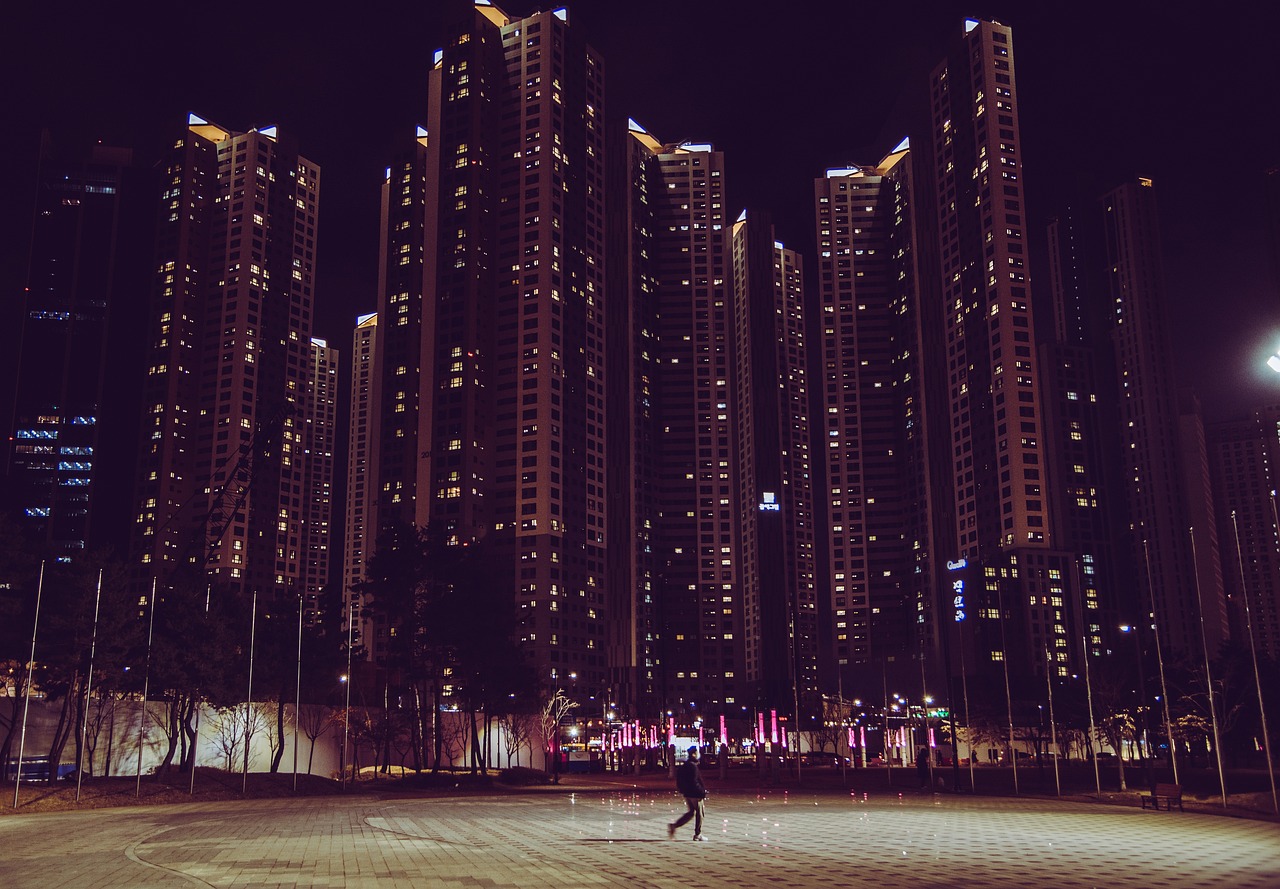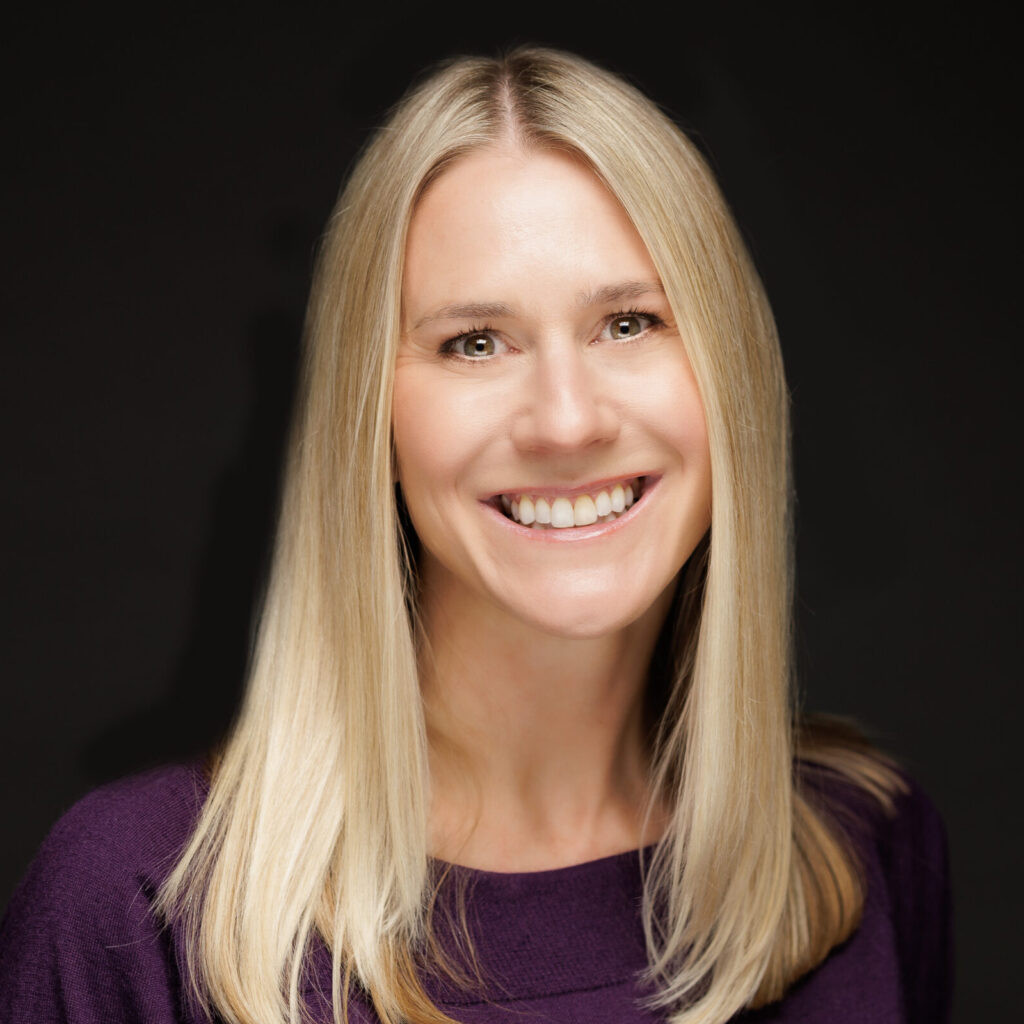31 October 2024
A Night and Day Difference
Skylines around the world—from Denver to Delhi—are rapidly rising and densifying to accommodate growing urban populations. The efforts are well-intentioned; making cities compact can reduce energy use. Yet it can also introduce other environmental and public health problems, such as a diminished distinction between night and day.

Urban residents are increasingly left to bathe in both fewer rays of sunlight during the day and greater beams of artificial light at night. Shadows of skyscrapers darken stoops, backyards, and parks. Darkness extends inside homes and offices. At night, the growing glow of LED streetlights, headlights, and neighboring buildings trespass into living rooms and bedrooms, supplementing the glow of electric lights and screens. People are losing access to the natural contrast between day and night—a key cue their circadian rhythms need to keep time.
Living in constant twilight comes with consequences, from greater risks of chronic diseases and behavioral issues to lower wages and test scores. It also disproportionately affects the urban poor. While the rich may take up residences in top floor penthouses, people at the bottom of the social ladder more often reside in basement or railroad-style apartments, or social housing built to comply with the bare minimum standards of daylighting. They may have limited access to safe, spacious, or sunlit outdoor spaces. They may work in warehouses, back-of-house spaces like kitchens and laundry rooms, or cubicles far from any windows. Their children may be more likely to study in windowless classrooms. Then, after a dimly lit day, the whole family may be drenched in light at night. As part of my research for my new book, The Inner Clock: Living in Sync with Our Circadian Rhythms, I walked through starkly lit social housing complexes in London and New York City that could be likened to construction sites, or prison yards. Here, photons from high-masted LEDs, even police floodlights, fill residents’ rooms. Scientific studies concur, finding that people of color and low-income residents are exposed to significantly greater light at night compared with affluent or white residents (Nadybal et al., 2020)
We might have stopped bricking up windows, as many British did to dodge the Georgian-era window tax, but modern society has found ample other ways to confuse our inner clocks. Fortunately, emerging science and technology offer strategies to lessen the insults. Thoughtful urban planning can open pathways for the sun’s rays to reach sidewalks and green spaces for greater portions of the day. Architectural and interior design tools can coax photons deeper inside buildings. Green roofs can provide residents further daylight access (Volf et al., 2024). Novel circadian lighting, which dynamically dials intensities and wavelengths to mimic the sky’s natural fluctuations across the day, can provide a useful supplement wherever daylight can’t reach indoors. As we reestablish our place in the sun, we can also follow the sun’s lead and drop our lights at night. We can cut their intensity and circadian-stimulating blue hues. We can shine them only where they are truly needed. Even in the city, we can reinfuse our lives with the day and night contrasts our clocks crave.
Useful links
Visit the website of Lynne Peeples
Lynne Peeples’ new book: The Inner Clock: Living in Sync with Our Circadian Rhythms

Comments